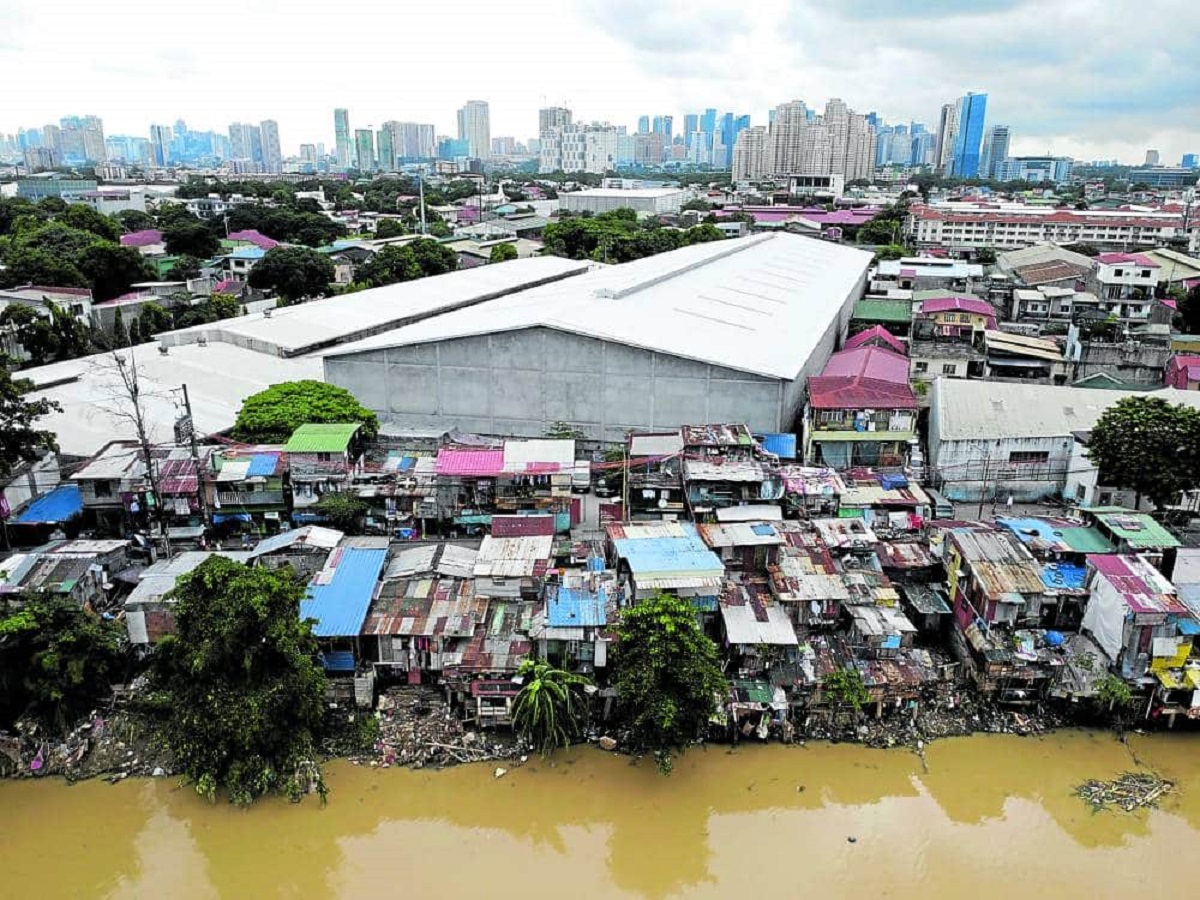PH ‘on track’ to cut poverty significantly

INEQUALITY STILL BITES Despite rosy data, poor folk still can’t feel reduction in poverty across the country. —Grig C. Montegrande
MANILA, Philippines — Despite the political noise about poverty in the country, the government remains “on track” to attain single-digit poverty rate by 2028, Finance Undersecretary Domini Velasquez said on Saturday.
Despite politicians’ incredulity at poverty data released by the Philippine Statistics Authority last week, “what’s important here is that we’re on track,” said Velasquez, chief economist of the Department of Finance.
“By the end of President Marcos’ administration, it will be below 10 percent and in single digits. We’re actually on track to bring down poverty to single digits,” she added, citing the country’s economic fundaments over the past few years.
READ: PH poverty rate falls to 15.5% in 2023 – PSA
Except for three years (1998, 2009 and 2020), the Philippine economy has been growing consistently over the past 30 years.
Article continues after this advertisementIn the past 10 years, the average growth clip was at 4.86 percent (including the 9.5 percent contraction in 2020) or 6.42 percent, excluding 2020.
Article continues after this advertisementREAD: Gov’t poverty metrics: You’re not poor if you spend P21 per meal
For the first half of 2024, preliminary data showed economic growth of 6.3 percent, surpassing Malaysia (5.8 percent), Indonesia (5 percent) and China 4.7 percent). The Philippines is now the second fastest growing Asian economy next to Vietnam (6.9 percent).
Velasquez said the country accomplished this through increased government spending and investments despite weak consumer spending.
Winnowing the facts
Velasquez noted that investor confidence has not waned despite the growing political noise. “Investors are able to differentiate economic versus political [issues],” she added.
Velasquez cited the country’s recent credit rating upgrade from Japan’s largest credit rating agency, Rating and Investment Information Inc. (R&I).
R&I upgraded the Philippines’ credit rating to “A-” with a stable outlook from “BBB+” last year.
At present, the Philippines holds an “A-” rating from the Japan Credit Rating Agency, “BBB” from Fitch Ratings, “Baa2” from Moody’s Ratings, and “BBB+” from Standard & Poor’s Global Ratings.
President Ferdinand Marcos Jr., who was criticized for his investment-promotion trips in the first year of his presidency, was beside himself in his social media accounts.
“Although this is the first credit upgrade under my administration, we will not stop here. We will keep giving our best to make sure that every Filipino benefits from economic growth until we break the cycle of poverty,” Marcos said.
He said the improved investment rating will “help us bring down borrowing costs and secure cheap and affordable financing for the government, businesses and ordinary consumers.”
“We can use the money we save to fund different public services like infrastructure, health-care facilities and the construction of classrooms for our learners. This will help us invest more on our people—paving the way for more Carlos Yulos in the near future,” he said, referring to the 24-year-old star gymnast who bagged two gold medals in the Paris Olympics.
The President added that the improved credit rating will also entice more investments and businesses to set up shop in the Philippines, leading to the creation of many quality jobs and higher pay for Filipinos.
Even the World Bank (WB), in its 2022 report “Overcoming Poverty and Inequality in the Philippines,” recognized that the country has made strides in reducing poverty.
“The Philippines has made significant progress in reducing poverty, but income inequality has only recently begun to fall. Thanks to high growth rates and structural transformation, between 1985 and 2018 poverty fell by two-thirds,” the WB said.
The WB said income inequality did not begin to decline until 2012 and the top 1 percent of earners capture 17 percent of national income while the bottom 50 percent only gets 14 percent.